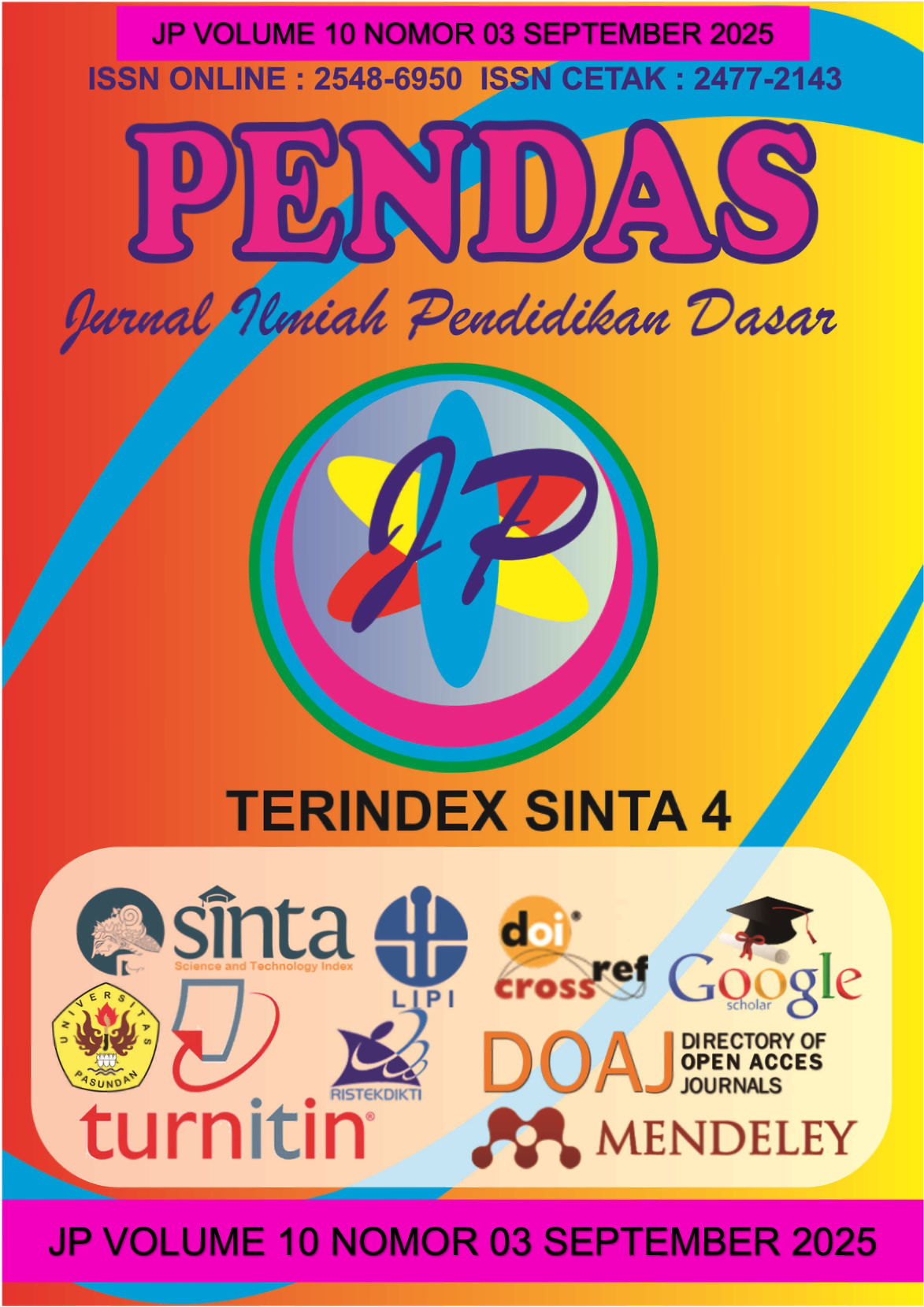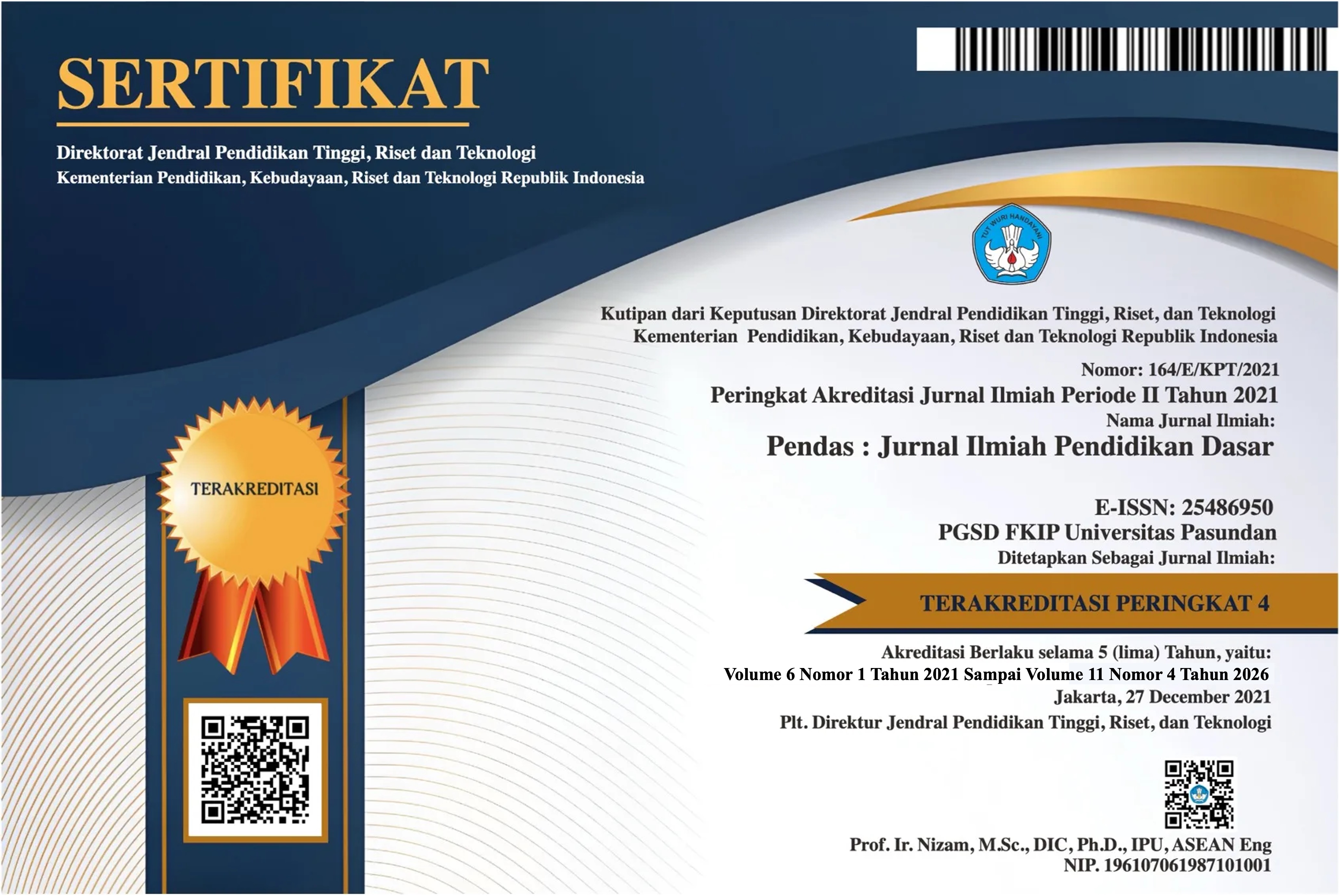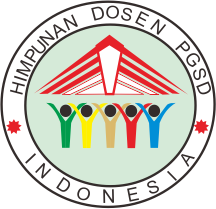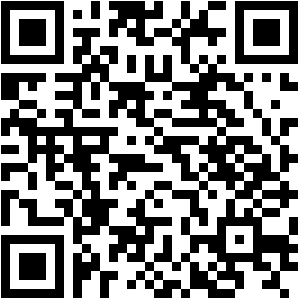PENGARUH METODE PEMBELAJARAN TPS TERHADAP KEMAMPUAN MENGANALISIS TUGAS MAHASISWA DISABILITAS NETRA DI PRODI PLB
DOI:
https://doi.org/10.23969/jp.v10i03.27835Keywords:
Think-Pair-Share, mahasiswa disabilitas netra, analisis tugas, pembelajaran inklusif, studi literatur.Abstract
The purpose of this study is to explore in depth the influence of the Think-Pair-Share (TPS) learning method on the task analysis ability of visually impaired students in the Special Education (PLB) study program at Universitas PGRI Argopuro Jember (UNIPAR). This research employed a qualitative approach through a literature review, using scientific and relevant sources as the foundation for analysis. The results of this study reveal that the TPS method has a significant impact on visually impaired students in the classroom, particularly in enhancing their activeness, improving their understanding of the subject concepts, and developing their analytical thinking skills. The TPS learning method also fosters social interaction, which provides a safe space for visually impaired students to express and develop their opinions verbally and enables them to analyze learning content more deeply. The implications of this study emphasize to educators, especially in higher education, that cooperative and reflective approaches are essential components of inclusive learning activities. Therefore, cooperative and reflective approaches are highly recommended for implementation within the theme of inclusivity.
Downloads
References
Afubwa, P., & Kauka, E. O. (2023). Key Distinctions between Qualitative and Quantitative Research in Theory and Data: Epistemological and Ontological Considerations. International Journal of Research and Innovation in Social Science.https://doi.org/10.47772/IJRISS.2023.7515.
Anderson, L. W., & Krathwohl, D. R. (2001). A Taxonomy for Learning, Teaching, and Assessing: A Revision of Bloom's Taxonomy of Educational Objectives. New York: Longman.
Asuncion, J. V., & Fichten, C. S. (2012). Assistive technology in higher education: Overcoming barriers for students with disabilities. Journal of Postsecondary Education and Disability, 25(1), 23–36.
EBSCO Research Starters. 2021. Think Pair Share Learning Strategy. https://www.ebsco.com/research-starters/education/think-pair-share-learning-strategy.
Florian, L., & Black-Hawkins, K. (2011). Exploring inclusive pedagogy. British Educational Research Journal, 37(5), 813–828.
Garrison, D. R., & Arbaugh, J. B. (2007). Researching the community of inquiry framework: Review, issues, and future directions. The Internet and Higher Education, 10(3), 157–172.
Hewett, R., Douglas, G., & McLinden, M. (2017). Access to learning and learning to access: Analysing the distinctive role of specialist teachers of children and young people with vision impairments. British Journal of Visual Impairment, 35(2), 141–152.
Hikmawati, H., Sahidu H., & Ayub, S. 2021. Metode Think-Pair-Share dengan Analisis Artikel untuk Meningkatkan Keterampilan Berpikir Tingkat Tinggi Mahasiswa. Kappa Journal, 5(1), 20-30. https://doi.org/10.29408/kpj.v5i1.3328
Johnson, D.W. 2009. An Educational Psychology Success Story: Social Interdependence Theory and Cooperative Learning. Educational Researcher, 38 (5), 365-379.
Kagan, S. 1994. Cooperative Learning. San Clemente, CA: Kagan Publishing.
Loreman, T., Deppeler, J., & Harvey, D. (2010). Inclusive Education: Supporting Diversity in the Classroom. London: Routledge.
Lyman, F. 1981. The Responsive Classroom Discussion: The Inclusion of all Students. Mainstreaming Digest, 109-113.
McDuffie, T. E., & Scruggs, T. E. (2008). The contributions of qualitative research to understanding inclusive education. Journal of Special Education, 42(2), 67–80.
Rahmadani, U. 2023. Development of Think Pair Share Based Learning Tools to Improve Mathematical Metacognition and Communication Abilities. Journal Article:
10.15575/ja.v9i2.30070.
Rukmini, A. 2020. Model Kooperatif Tipe Think Pair Share (TPS) Dalam Pembelajaran PKN SD. Workshop Nasional Penguatan Kompetensi Guru Sekolah Dasar SHEs: Conference Series 3 (3) (2020) 2176-2181. https://jurnal.uns.ac.id/SHES/article/download/57088/33720.
Slavin, R. E. (2014). Cooperative learning and academic achievement: Why does it work? Journal of Educational Psychology, 106(3), 785–791.
Titu, M., Resi, B., & Liwun R. 2024. Penerapan Model Pembelajaran Think Pair Share dan Media Visual Untuk Meningkatkan Hasil Belajar Siswa Pada Materi Pasar Kelas X SMA PGRI Larantuka Tahun Pelajaran 2023/2024. Jurnal Review Pendidikan dan Pengajaran Volume 7 Nomor 2, 2024. P-2655-710X e-ISSN 2655-6022.
UNESCO. (2009). Policy Guidelines on Inclusion in Education. Paris: UNESCO.
Downloads
Published
Issue
Section
License
Copyright (c) 2025 Pendas : Jurnal Ilmiah Pendidikan Dasar

This work is licensed under a Creative Commons Attribution 4.0 International License.



















